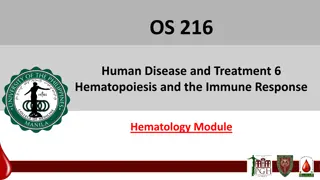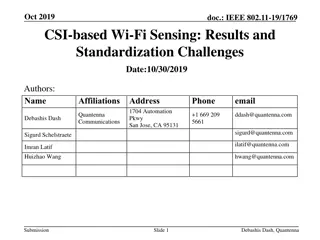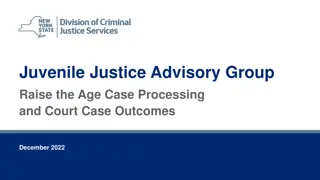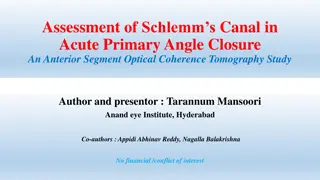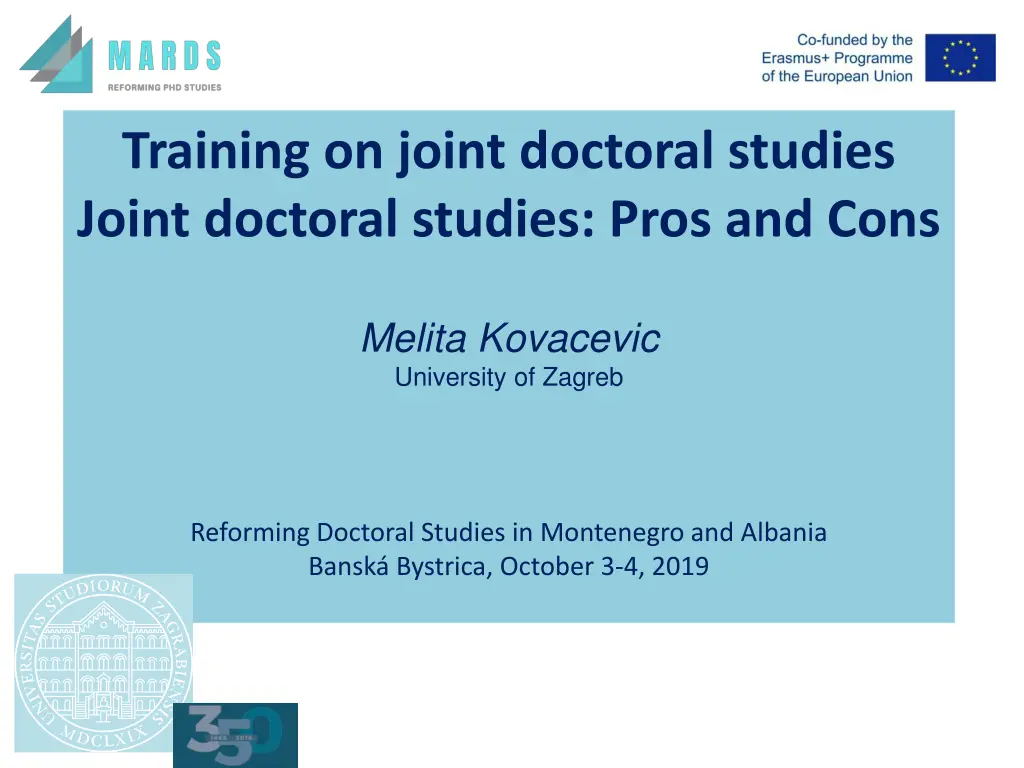
Exploring the Benefits of Joint Doctoral Studies and International Collaboration
Discover the advantages of joint doctoral studies in academia, including enhancing research capacity, promoting mobility, and improving employability. Dive into the evolving landscape of higher education and the pivotal role universities play in shaping the knowledge society.
Download Presentation

Please find below an Image/Link to download the presentation.
The content on the website is provided AS IS for your information and personal use only. It may not be sold, licensed, or shared on other websites without obtaining consent from the author. If you encounter any issues during the download, it is possible that the publisher has removed the file from their server.
You are allowed to download the files provided on this website for personal or commercial use, subject to the condition that they are used lawfully. All files are the property of their respective owners.
The content on the website is provided AS IS for your information and personal use only. It may not be sold, licensed, or shared on other websites without obtaining consent from the author.
E N D
Presentation Transcript
Training on joint doctoral studies Joint doctoral studies: Pros and Cons Melita Kovacevic University of Zagreb Reforming Doctoral Studies in Montenegro and Albania Bansk Bystrica, October 3-4, 2019
Topics University and Society modern university: new demands, new roles, new missions University and Programmes Development pros and cons: joint programme: its role in academic and work world, their contribution to quality, mobility and employability Instead of Conclusion open questions: challenges for the management and further development
The knowledge society: universities play the key role Educating future employees and training researchers Key role in performing basic and collaborative research Performing interdisciplinary research Contributing to social and economic development Fostering international cooperation
Internationalisation & Global engagement Fast development of intra-European mobility & joint programmes > 25 years of EU funding through ERASMUS o 20% EU benchmark for 2020 New approaches, the focus is shifting: o Student recruitment - Europe has 1.5 M+ non European students o Graduate students are the main targets o Strategic approaches are being developed by HEIs & governments o Fast growing research collaborations and institutional networking, strong focus on master/doctoral programmes and young researchers
Institutional Networking & Linking with Society o importance of HEi for society and economy o industry and local/regional/national authorities o research organisations o local/regional HE partners universities and colleges o international HE partners
Programmes development some relevant attributes of the system: o competitiveness, but collaboration o capacity o triple I - interdisciplinary, intersectoral, international o mobility o employability a need for new types of curricula
PROS Joint programmes a mean to link academic and world work o international setting o build up teaching and research capacity o enhance mobility o facilitate employability
PROS Joint programmes and employability significantly higher employment rates! (60% within 2 mths!!) added value 1. strong links with the employers 2. close cooperation with the field of work 3. internship as part of the curriculum 4. career guidance and support 5. development of soft skills, supported and enhanced during mobility
PROS Soft skills appreciated by employers added value o communication skills o foreign language skills o intercultural skills o self-confidence o adaptability o ability to lead
PROS Management of joint programmes (joint or double degree) institutional motivation led by o strategic partnerships o to increase internationalisation o to enhance collaboration in research o to increase institutional visibility huge diversity of JPs
Main components of the JPs management development management execution evaluation sustainability
Prerequisites for a successful management of joint programmes: within the institution o human resources, both academic and non-academic o defined procedures and administrative support o staff flexibility and communicational skills o change management o various student services needed to support mobility
Prerequisites for a successful management of joint programmes: outside the institution o to learn and to maintain networking o adequate HR units - recruiting adequate staff o to cooperate with local and regional authorities o to raise additional funding o to nurture entrepreneurial approach o to make programmes sustainable
CON S Structural level Legislation Institutional regulations National and/or accreditation procedures and criteria Diploma issuing
CON S Operational level Institutional partnership Transparent rules and decision bodies Transparent procedures Administrative support No language barrier (language of instruction)
CON S Programme level Responsible academic staff Enabling functional mobility Facilities and research environment Curriculum development capacity Student capacity Financial support
CON S Individual level Mobility issues Supervision Language of teaching Institutional support Designated office for a support Transparent rules and procedures Guidelines Thesis defence and diploma award
How to enhance employability? Ten recommendations 1. Build up joint solutions (coordinators exchange) 2. Consistent institutional promotion (Erasmus Mundus Brand Name) 3. Link academic and labour world 4. Deploy professional alliances for academia 5. Establish internships /give a practical learning a place 6. Mediate and integrate internships 7. Support confidence, opportunities for more commitment 8. 'Optimize' internationality 9. Support and facilitate student networks 10. Activate complementary abilities (to be employed and to employ yourself) (Erasmus Mundus, Practical Guidelines, 2011)
Good practices prove that JPs bring added value to o institutions o students/graduates o employers At the same time, there is a need to pay attention and further develop o complex management issues o stable partnership and sustainable funding exchange of good practice o
Instead of conclusion Open questions: Challenges for the management of JP o What are the obstacles in designing/running the programmes? o What do we need to do to increase the number of JPs? o How sustainable are the programmes once EMP funding is not available any more? o Are institutions developing appropriate strategies to maintain joint programmes? o How many joint programmes award Joint Degree? o What does need to be done to increase the rate of EMP that award JD? o What kind of management tools universities/HEI need in order to design and run EMP? o How can HEI further contribute with EMJP to graduate employability?




